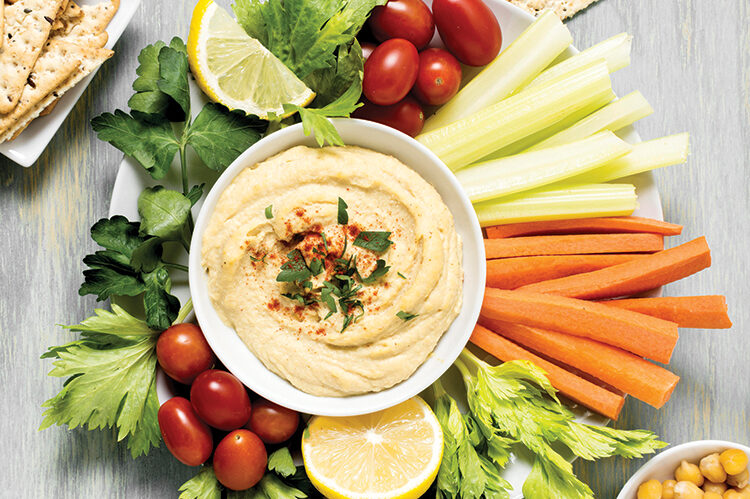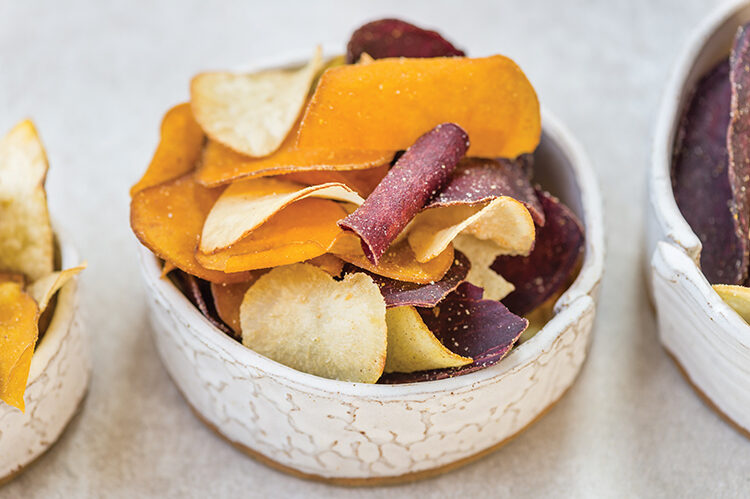This Vegetarian Fajita Bowl is a delicious and healthy meal that is perfect for lunch or dinner.
Cuisine: FAMILY FEASTS
Cook Time: 50 minutes
Servings: 5
Ingredients
- ½ cup brown rice, uncooked
- 1 Tbsp. coconut oil
- 2 portobello mushrooms, sliced
- 1 red bell pepper, chopped
- 1 medium onion, chopped
- 2 garlic cloves
- 2 Tbsp. smoked paprika
- 1 Tbsp. garlic powder
- 1 Tbsp. onion powder
- 1 tsp. cayenne pepper, optional
- 1 avocado, sliced
- 1 can black beans, drained and rinsed
Instructions
- Cook rice: bring 1 cup water to a boil. Add brown rice. Continue boiling for 5 minutes. Reduce the heat to low and cover. Cook for 50 minutes. Remove from heat and let it stand for 10 minutes. Fluff with a fork.
- While rice is cooking, add coconut oil to large frying pan. When oil is melted, add sliced mushrooms, bell peppers, onion and garlic. Season with paprika, garlic powder, onion powder and cayenne pepper. Sauté until brown. Set aside.
- To serve: fill a small serving bowl with a serving of rice, fajita vegetables, black beans and avocado as per servings allowed.
TAKE NOTE
This Vegetarian Fajita Bowl is slightly higher in carbohydrates versus protein so be careful not to overdo the rice and beans. When blood glucose levels are on the higher side, rice can be left out and substituted with 3 medium chicken breasts; the nutritional info will then be as follows: energy: 1155kJ, carbohydrates: 12g, protein: 29g and fat:10g.
NUTRITIONAL INFO (per serving)
Energy 991kJ | Protein 7,7g | Carbs 28g | Fat 8,5g



















